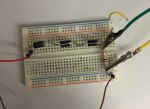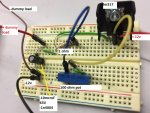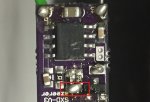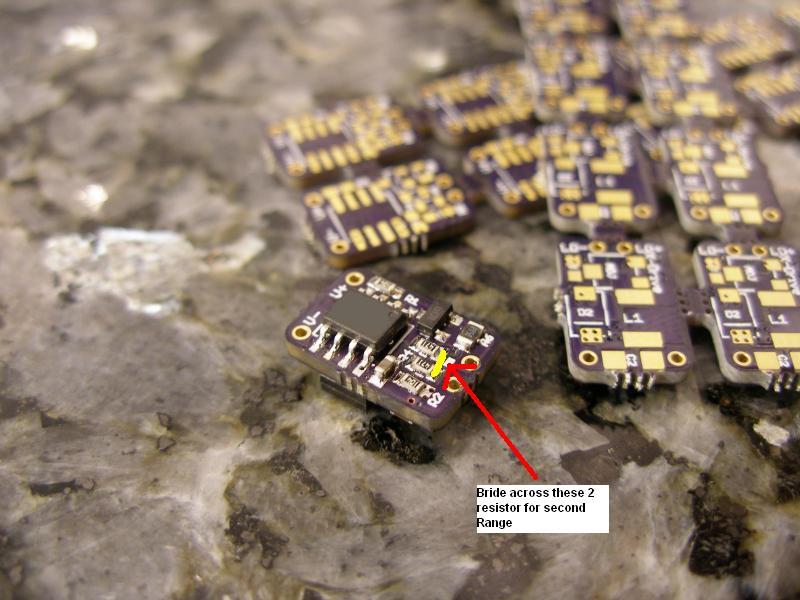Hey fellas,
so iv constructed one of those DIY laser drivers that is up on this website somewhere and im not getting any current reading over the dummy load, im only using this DIY laser driver as im waiting for the one iv bought to be shipped here.
is this because this driver acts differently to the drivers you can buy online?
im getting a voltage drop of around 2.2v over the diodes which i want and a reading of around 70mv over the 1 ohm resistor but no current.
im supplying a input voltage of 12v off a variable power supply unit which should be able to give at least 1 amp.
the unit is quite old and large but supplies up to 50v so id assume it can provide a few amps where 1 amp is plenty for this.
im using a test load only because i have a few lpc836 diodes to experiment with and wanted to get a current reading before connecting the diode, i understand the diode is case negative and on the driver iv set the variable resistance to 12 ohms which should allow 100mA but once again nothing.
pictures of my horrible circuit below
so iv constructed one of those DIY laser drivers that is up on this website somewhere and im not getting any current reading over the dummy load, im only using this DIY laser driver as im waiting for the one iv bought to be shipped here.
is this because this driver acts differently to the drivers you can buy online?
im getting a voltage drop of around 2.2v over the diodes which i want and a reading of around 70mv over the 1 ohm resistor but no current.
im supplying a input voltage of 12v off a variable power supply unit which should be able to give at least 1 amp.
the unit is quite old and large but supplies up to 50v so id assume it can provide a few amps where 1 amp is plenty for this.
im using a test load only because i have a few lpc836 diodes to experiment with and wanted to get a current reading before connecting the diode, i understand the diode is case negative and on the driver iv set the variable resistance to 12 ohms which should allow 100mA but once again nothing.
pictures of my horrible circuit below









